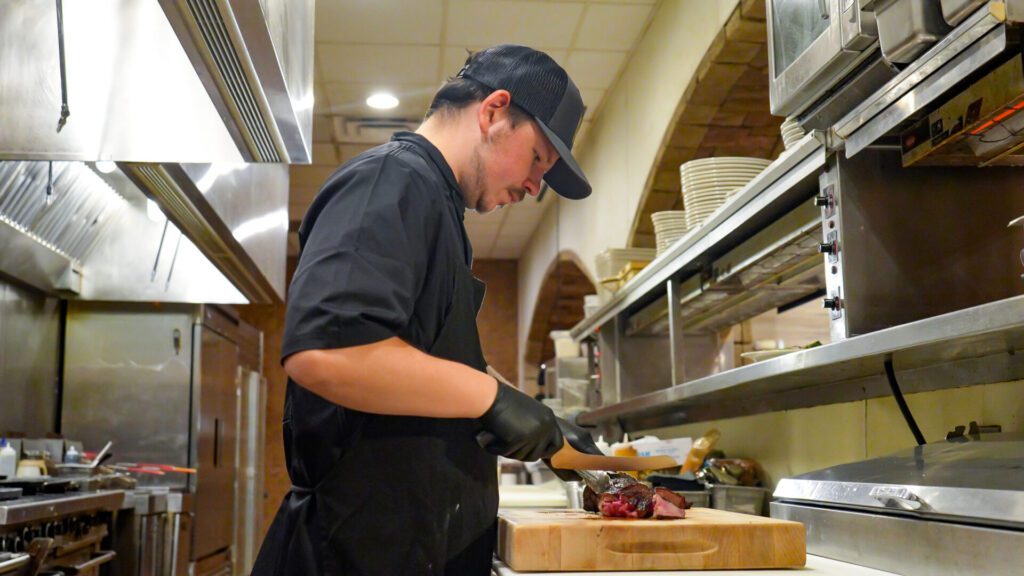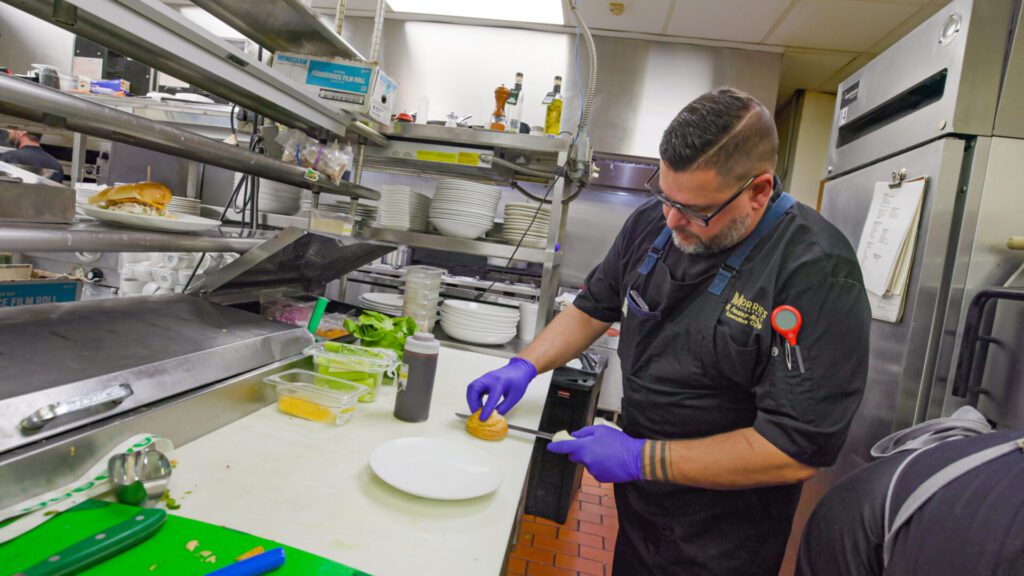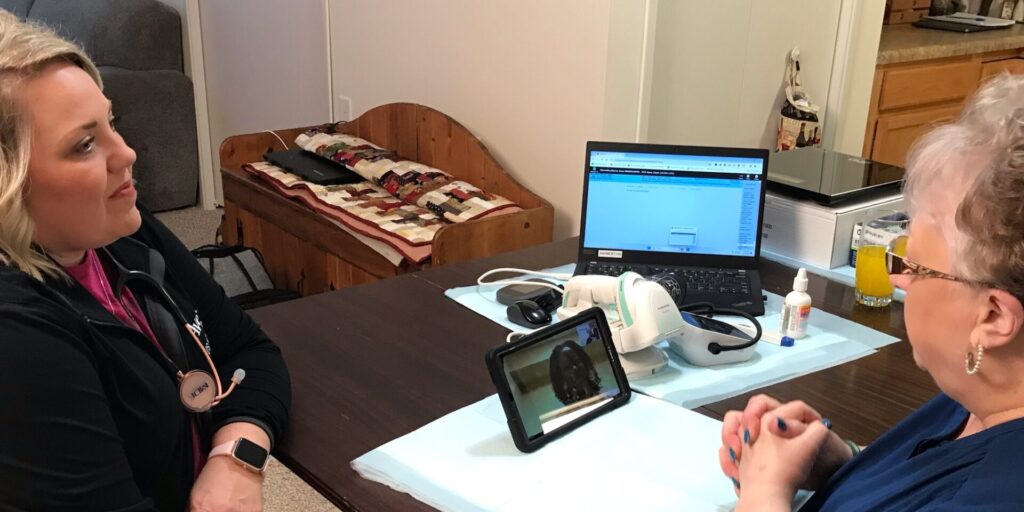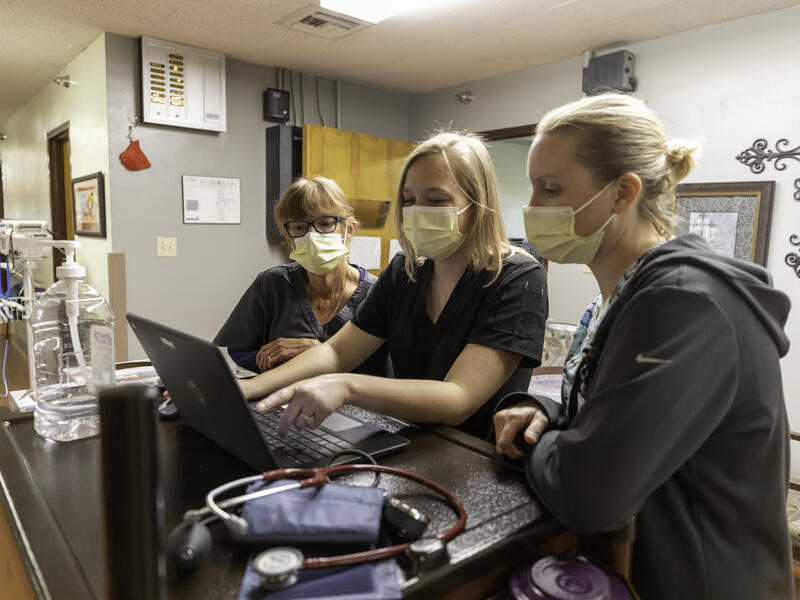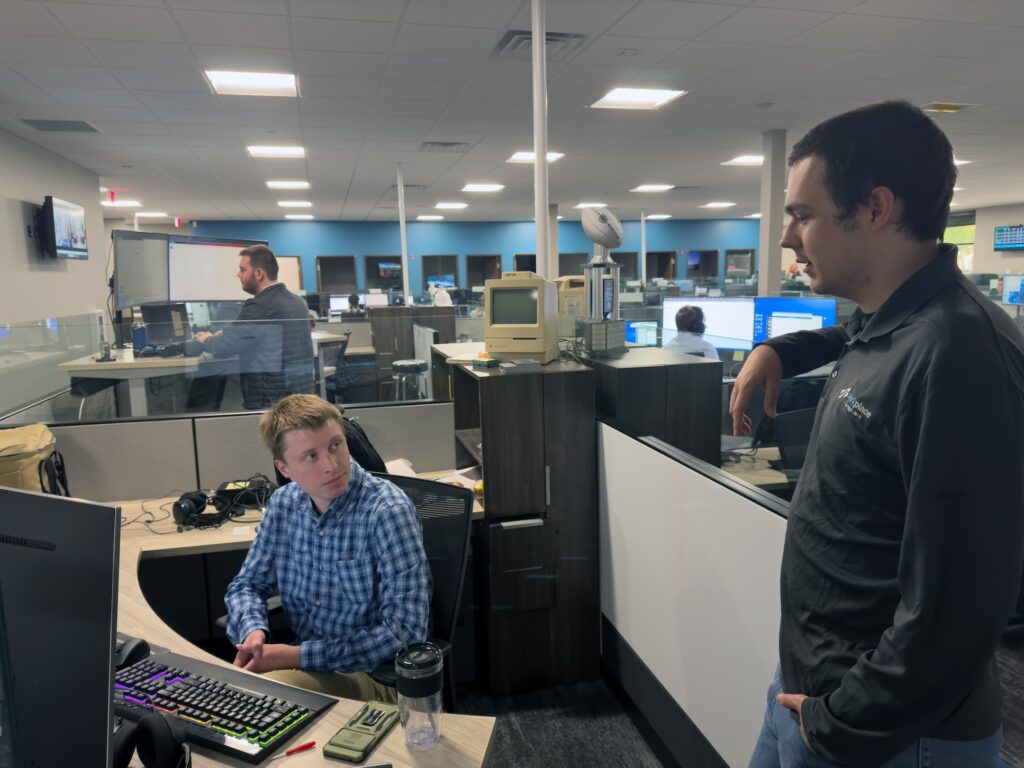Jobs
What are the state’s most in-demand jobs? New projections look out to 2032
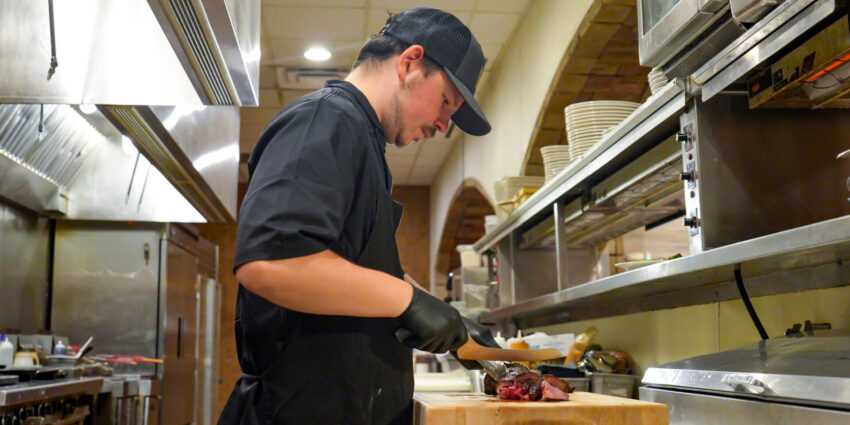
Oct. 28, 2024
If you can cook a meal in a restaurant, care for patients, analyze data or fix wind turbines, you’ll likely have little trouble finding a job in South Dakota in the years ahead.
That’s according to a new report from the state Department of Labor & Regulation, which recently released occupational employment projections from 2022 to 2032.
It defined the fastest-growing occupations as those with employment of at least 100 workers during the base year, which was 2022, and the highest percentage change of employment during the 2022-32 projection period. Those high percentages don’t necessarily translate to huge numbers of new workers.
“However, because of the role fastest-growing occupations play in the occupational and economic landscape, whether many or few, all occupations are important and noteworthy,” said Lisa Cooper, a statistical program specialist in the state’s Labor Market Information Center who wrote the report.
Here’s a list of the top 10 fastest-growing occupations by percentage, projected through 2032:
 Top spot
Top spot
The No. 1 fastest-growing occupation also topped the list when the state looked at job growth from 2020 to 2030. And it’s not just South Dakota: Wind turbine service technicians hold the top fastest-growing spot on the national list too.
The state estimates that the role will grow by 56.8 percent, or 88 positions, from 2022 to 2032.
“It has been over 20 years since the first wind turbines began dotting the South Dakota horizon and ‘wind techs,’ as they are often called, not only install those big fans but also maintain and repair them as needed,” Cooper said. “As this natural renewable energy source continues to grow in popularity, the need for these workers is also projected to continue at a whirlwind pace.”
What’s cooking
Looking at actual number of jobs added within the top 10 list, restaurants cooks are projected to add more individual jobs than any other occupation. The state estimates that 500 more will be needed from 2022 to 2032.
“That makes sense,” said Tim Meagher, chief operating officer of Vanguard Hospitality, which owns and operates Minervas in downtown Sioux Falls, Grille 26 and Morrie’s Steakhouse.
In Sioux Falls, he estimates that 300 more might be needed — but that spans everything from full-service restaurants to quick-service national chains.
“I think it’s going to hit some sort of lid, and you’re going to have owner-based restaurants opening where they need minimal restaurant help,” he said. “Like Bibisol (which just opened in downtown Sioux Falls). Instead of having 10 cooks, she has four or five. And I think you’re going to see more restaurants closing, so there will probably be some sort of swap out.”
Sioux Falls is adding multiple new full-service restaurants this fall, including four at The Steel District — and another coming next year — plus The Tavern Grill and KPOT Korean BBQ & Hot Pot.
Meagher compares it to five or six years ago when Look’s Marketplace, Blue Rock Bar & Grill, Crave American Kitchen & Sushi Bar and MacKenzie River Pizza, Grill & Pub opened about the same time.
“It stayed thin from there (for cooks),” he said. “It’s pretty difficult, but environment goes a long way. We have some turnover, but we have very little compared to what other people experience.”
He credits a culturally diverse team, including Hispanic leadership in the kitchen, with helping overcome language barriers and the opportunity for employees to have a career path within the company.
“We basically said if you learn your station, you get paid X; learn and train and build your skills and you build up your pay,” Meagher said.
Other trending occupations
Half of the top 10 projected fastest-growing occupations are in health care, led by nurse practitioners. The state expects to add 463 of them by 2032, a 56.4 percent increase.
South Dakota’s population growth and the nation’s overall aging population are driving demand, Cooper said in her report.
“The state’s medical hubs have and will continue to see phenomenal growth as we work to ensure excellence in our health industry. The state’s mid-sized cities are also experiencing strong growth in the health industry as they become micro-hub medical centers,” she said.
“Even most rural towns across South Dakota have clinics and satellite offices to care for their population. It is not bragging to say South Dakota stands as a beacon of what the rural tapestry of health care can look like.”
Avera Hospital@Home patient Marva Chevalier (right), visits with Dr. Magdalene Fiddler virtually on a tablet, along with Bethlee Burke, nurse practitioner (left).
The overall projections don’t surprise Denise Guzzetta, vice president of talent and workforce development for the Sioux Falls Development Foundation.
“This is pretty consistent with what we’ve been tracking,” she said. “When you look at what’s happening within rural health care and health care in general, you’re seeing there’s a need to have more people make decisions to help people faster, so a nurse practitioner, a nurse anesthetist, a physician assistant, that’s not surprising.”
The Sioux Falls Development Foundation’s most current data looks at occupation growth from 2024 to 2030. Health care practitioners and related technical occupations top that list, estimated at 1,629 needed positions, or 13 percent overall job growth. Occupations contained within that include registered nurses, physician assistants, physical therapists, dental hygienists, pharmacists, speech-language pathologists and occupational therapists.
Anna Struck (center) is a CNA turned LPN who is now a registered nurse at a Good Samaritan Society location in Scotland in southeast South Dakota. “I don’t know if I would have had it in me to go back (to nursing school) as soon as I did if not for the nurses I work with,” she said. (Photo by Lonnie Nichols, Sanford Health)
“That’s just a sign of an aging population, as well as more people and trying to see a bigger geographic location,” Guzzetta said, adding that the local health systems are focused on providing multiple paths into the profession and ways to move around once someone has started a health care career.
Both Sioux Falls and South Dakota’s projections also reflect the need for technically skilled professional workers.
Data scientists and information security analysts rank No. 3 and 4 on the state’s projections.
“As the amount of data and the need to analyze that data continues to increase, this emerging occupation will become more commonplace in South Dakota,” said Cooper, adding that data scientists are also No. 3 on the national list.
“These workers develop and implement a set of techniques or analytics applications to transform raw data into meaningful information,” she said. “They use data-oriented programming languages and visualization software to apply data mining and modeling to extract and analyze information for large structured and unstructured datasets. They provide users with a visual report of data findings through the dynamic data reports they create.”
Information security analysts are “just beginning to emerge as a separate, unique occupation,” Cooper said.
“Information security analysts plan, implement, upgrade and/or monitor security measures for the protection of computer networks and information. They assess system vulnerabilities for security risks and propose and implement risk mitigation strategies. They ensure appropriate security controls are in place to safeguard digital files and vital electronic infrastructure. They also respond to computer security breaches and viruses.”
They go by many different job titles such as information security officers, information security specialists, information systems security analysts and network security analysts, she added.
“As cyberattacks and data breaches continue — and hackers get increasingly sharper and more devious — these workers will work behind the scenes to keep our state and the nation moving forward and functioning safely,” Cooper said.
The Sioux Falls Development Foundation is projecting 16 percent growth in computer and mathematical occupations between now and 2030, which includes information security and data science workers, in addition to computer network support specialists, systems analysts, computer and information research scientists and actuaries.
“There was no surprise for me here at all,” Guzzetta said. “As far as security and information analysis and data science, look at all the banks we have. Their controllers manage so many assets.”
The Development Foundation considers employment projection in developing its programming, she added. That includes its Career Connections program for high school students in need of career direction.
“We get them into employers to see what’s out there as far as jobs, and then we talk about jobs and the real requirements you need,” she said. “These are the things kids need to be prepared for.”

